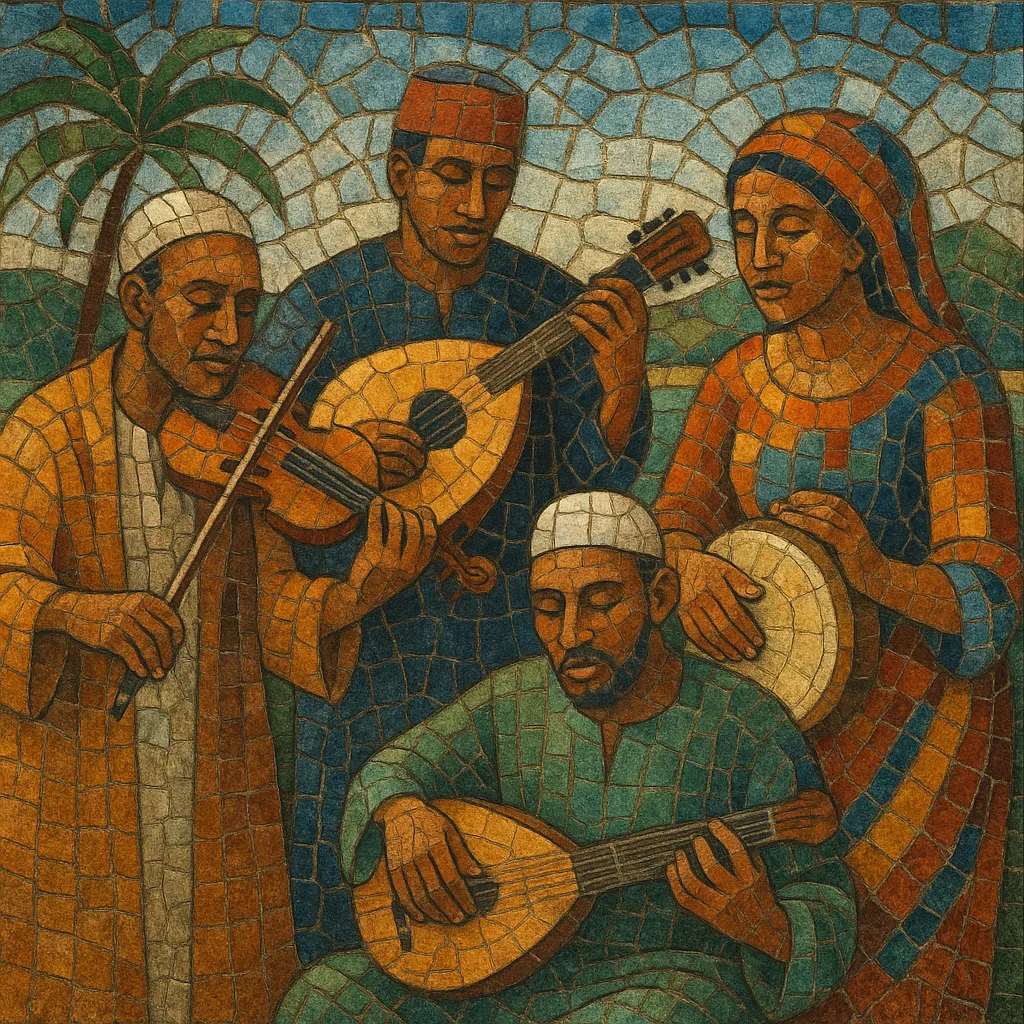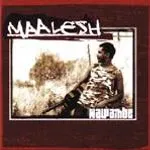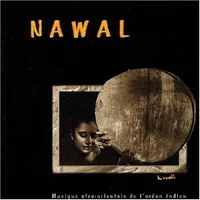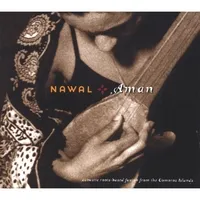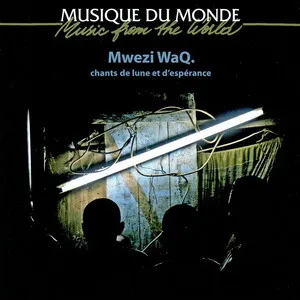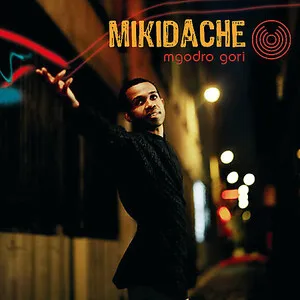Comorian music refers to the musical traditions and contemporary styles of the Union of the Comoros (Ngazidja/Grande Comore, Nzwani/Anjouan, and Mwali/Mohéli), with close cultural ties to Mayotte. It sits at the crossroads of East Africa, the Arab world, and the wider Indian Ocean, blending Swahili coastal aesthetics, Arab–Islamic melodic sensibilities, and Malagasy rhythmic vitality.
Signature idioms include twarab (a Comorian take on Swahili taarab), ceremonial and community ngoma drumming traditions, and contemporary island pop that draws from soukous, salegy, and séga. Characteristic instruments include the ndzendze (a box zither unique to Comoros), the gabusi (a Yemeni-derived lute), oud, violin, accordion (in taarab settings), frame drums, and, in modern bands, electric guitar, bass, and drum kit. Vocals often feature ornamented, melismatic lines in Shikomori dialects, with lyrics that address love, spirituality, social life, and island identity.
Comoros’ location on historic Indian Ocean trade routes brought sustained contact with Zanzibar, the Swahili coast, the Arab Peninsula, and Madagascar. Through these exchanges, local ngoma drumming practices interacted with Swahili taarab ensembles that traveled between Zanzibar, Dar es Salaam, and the islands. By the early 1900s, a distinctly Comorian twarab (taarab) practice emerged, incorporating Arabic-derived melodic modes, unison and choral singing, and ceremonial performance contexts.
As radios, gramophones, and later cassettes circulated around the western Indian Ocean, Comorian musicians absorbed Congolese soukous guitar stylings, Malagasy salegy drive, and popular coastal forms. Urban centers fostered taarab orchestras with violin, accordion, qanbus/gabusi, oud, and frame drums for weddings, religious fêtes, and civic events. The ndzendze became a sonic emblem of island identity, accompanying praise songs and reflective, poetic repertoire.
Following independence (1975), cultural policy and community organizations helped consolidate a modern Comorian sound. The cassette era amplified circulation within the archipelago and to diaspora communities in East Africa, the Gulf, and France. Island dance bands blended soukous’ fluid guitars and 6/8 grooves with Comorian rhythms, while twarab singers modernized arrangements without abandoning poetic lyric traditions and Islamic-inflected melodic contours.
From the 2000s onward, international tours and collaborations brought Comorian artists to world-music stages. Singer–songwriters and bandleaders fused ndzendze and gabusi with guitar-driven island pop, jazz harmony, and Sufi-tinged spirituality. Diaspora scenes (notably in Mayotte, Réunion, and mainland France) helped incubate new hybrids—hip hop in Shikomori, electrified dance styles, and crossovers with séga and salegy—while ceremonial taarab and ngoma drumming remain vital at community events.

